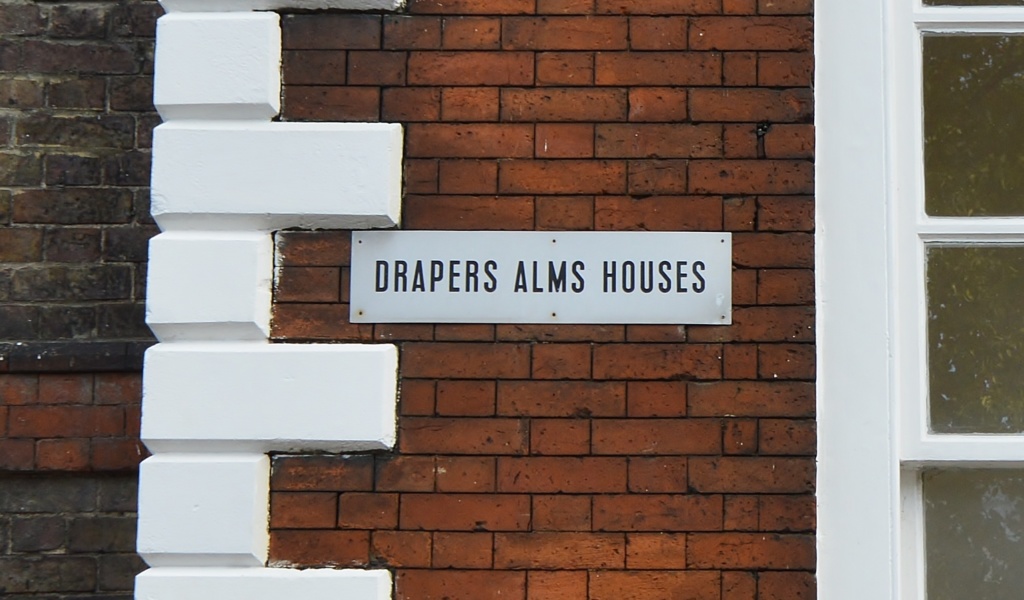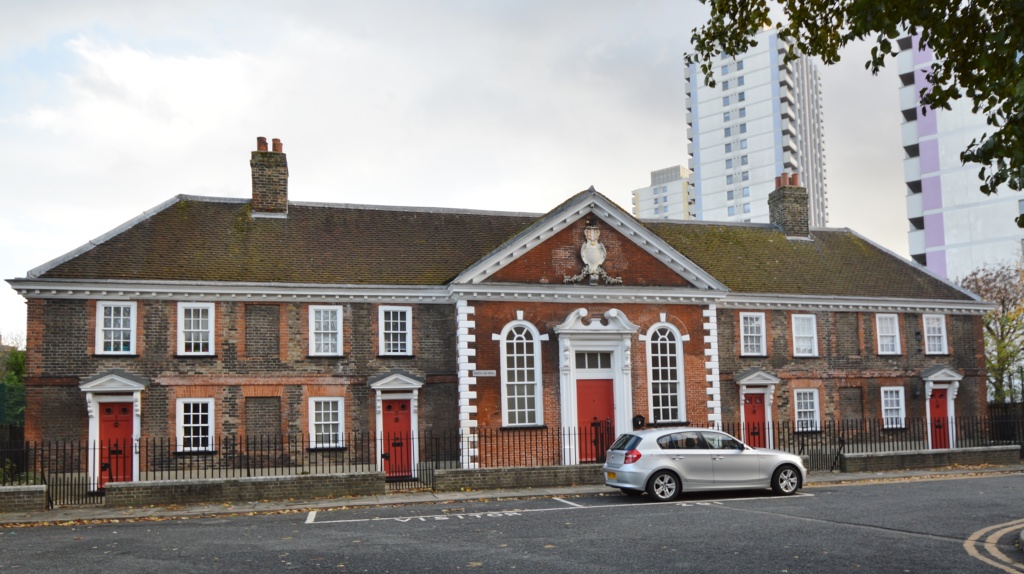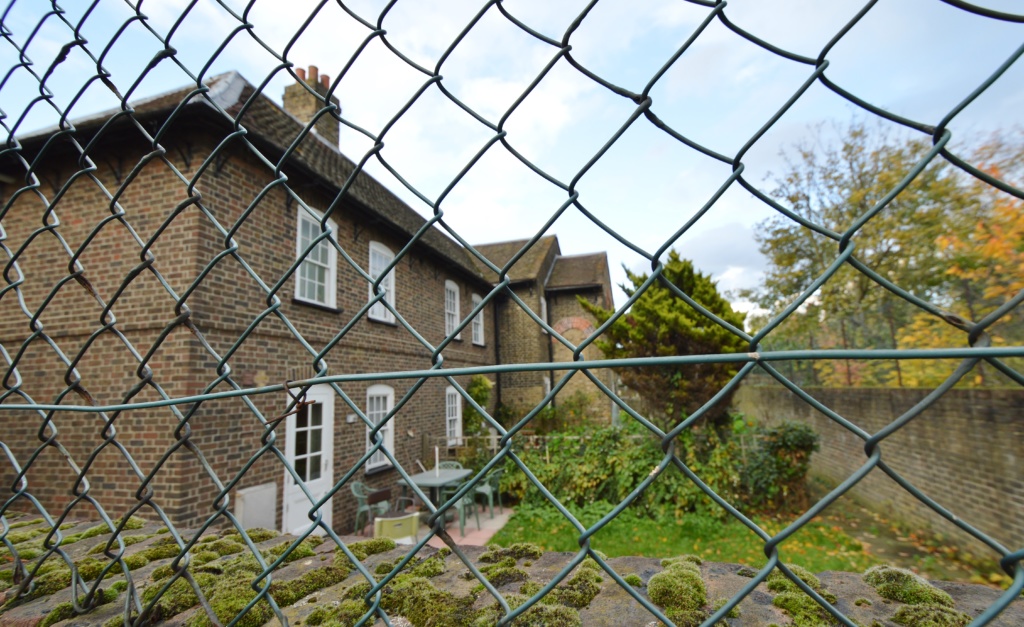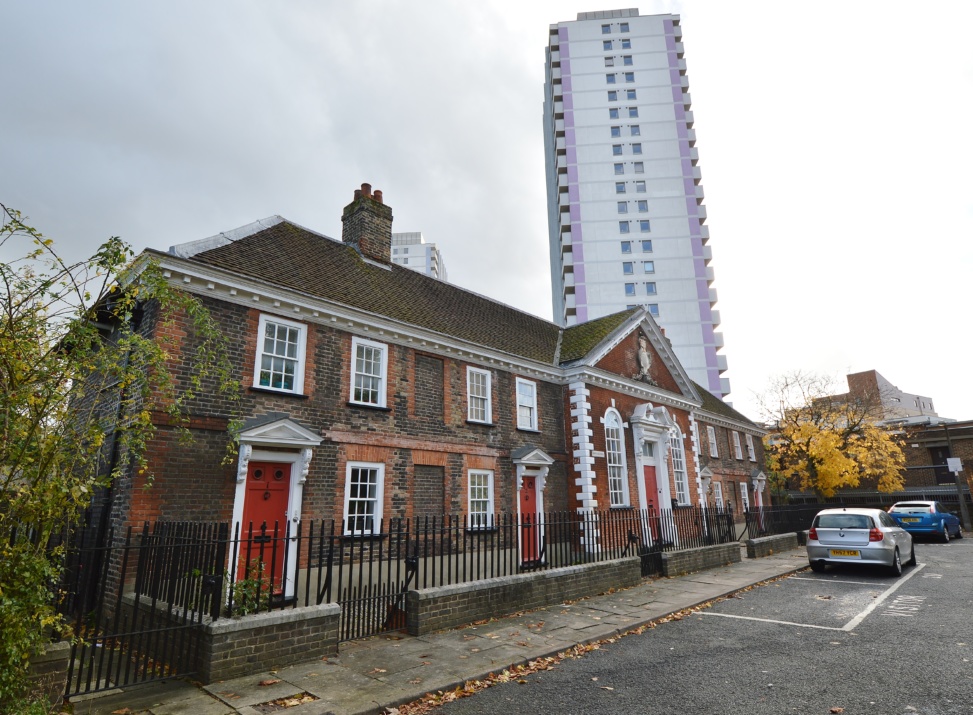Oh I do love a good almshouse and I am always pleased to take a detour to have a poke around one of them.
I’m not exactly sure why I like them so much. I think its because they belong to a very old London and indeed England that barely exists anymore.
Before the building of council houses and then the Welfare State, the poor looked to the church and to private benefactors for relief. Almshouses were part of that relief. They often grew out of religious houses such as monasteries. Even privately funded almshouses sometimes had a chapel attached to the buildings and one of the requirements of the poor people that benefited from the housing was that they pray for the soul of the benefactor and his (it usually was a he) family.
These almshouses in Bow were built in 1706 by the charitable Draper’s Company (although are no longer owned by them) as part of development which included two other blocks of six houses that sat either side of these surviving buildings and between them formed three sides of a quadrangle rather like how the lovely Trinity Almshouses on Mile End Road are arranged. The two other blocks are now sadly long gone.
In the middle of this surviving block is a former chapel that has been used by a machine dealer for some years. Four houses remain. Two on either side of the old chapel. These are now privately owned and no doubt there is no requirement of the inhabitants to pray for anybody’s soul.
The old almshouses are rather over-powered by the modern housing that surrounds and looks down on them. They look small and isolated and vulnerable. But when Geoffrey Fletcher visited and sketched them in the 1960’s he was expecting them to be flattened, so we should be grateful that this little bit of old London remains for us to look at and imagine how different the Londons that they have looked out on during their existence.
In 1706 Bow would have been a village on the outskirts of the city. These houses and their inhabitants would have seen the city sweep past and encircle it. They’ve seen an Empire rise and fall, world wars, indutrialisation and post-industrialisation. Bombs dropped hereabouts. But they have survived. Long may they continue to do so.






